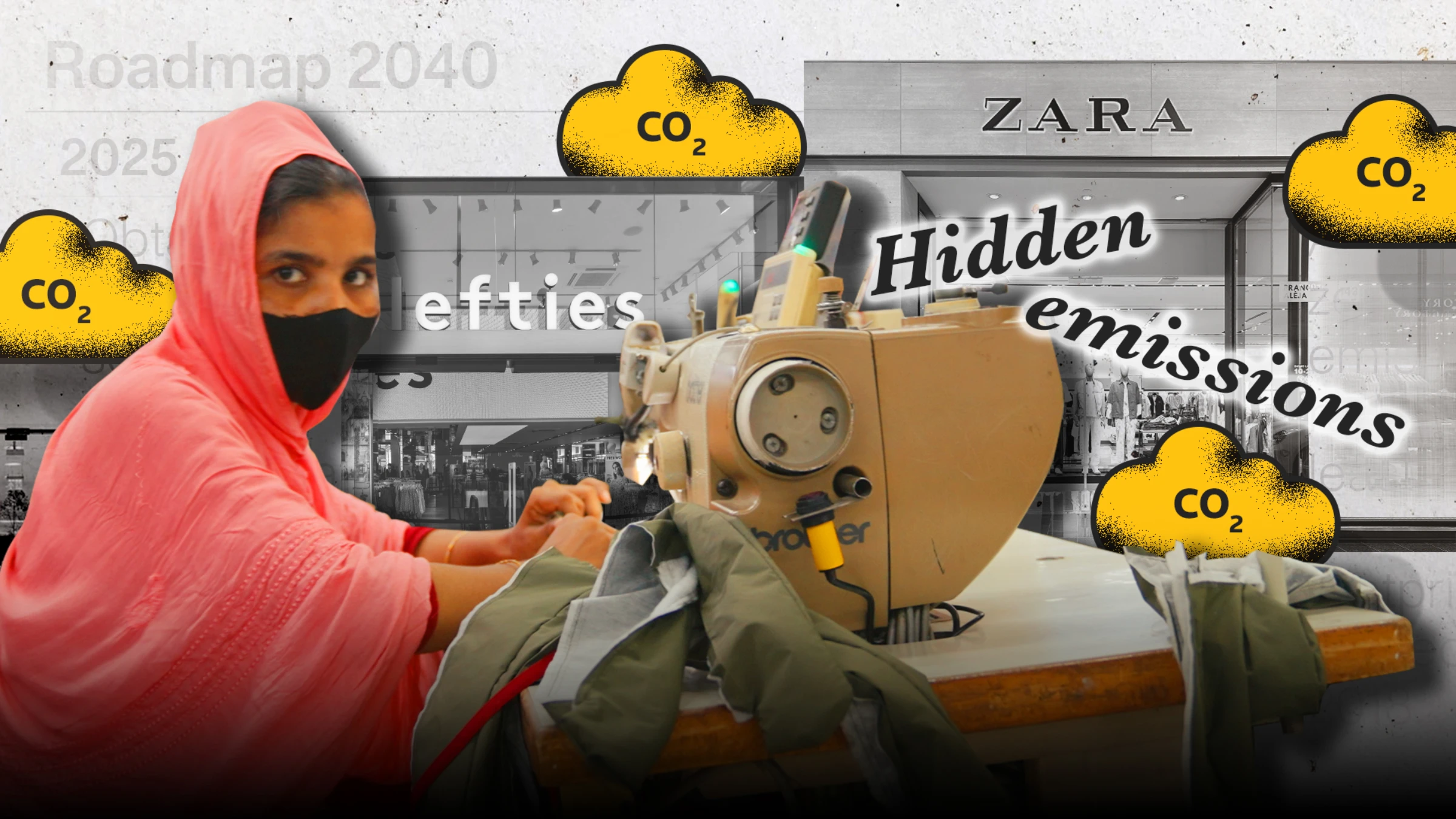We stored this dog photo in DNA

Our data hoarding habit is becoming unmanageable. We’re expected to hit 175 zettabytes of data being stored by next year - that’s 175 trillion gigabytes. This will require a lot more energy- and water-hungry data centres in a rapidly warming climate. But teams of biologists and computer scientists think they have the answer - storing data in DNA, or what some call ‘nature’s storage device.’
Software translates binary code into a string of DNA, which is synthesised into a vial of material. This can then be read again and translated back into binary when needed. Backers of this process say its storage potential is vast - a whole stadium’s worth of binary data could fit into a shoebox, theoretically. DNA can last for hundreds of years, compared with the five-year shelf life of disk storage, and it can be stored in a cool, dry place with little upkeep.
Transposing the world’s data from 1s and 0s to DNA is a work-in-progress, so we set out to test the limits of where we are right now. Could this new tech take a photo of a cute dog off our correspondent’s overpacked phone library, put it into DNA, and retrieve it again?
Subscribe to our YouTube channel | Watch more videos like this
























